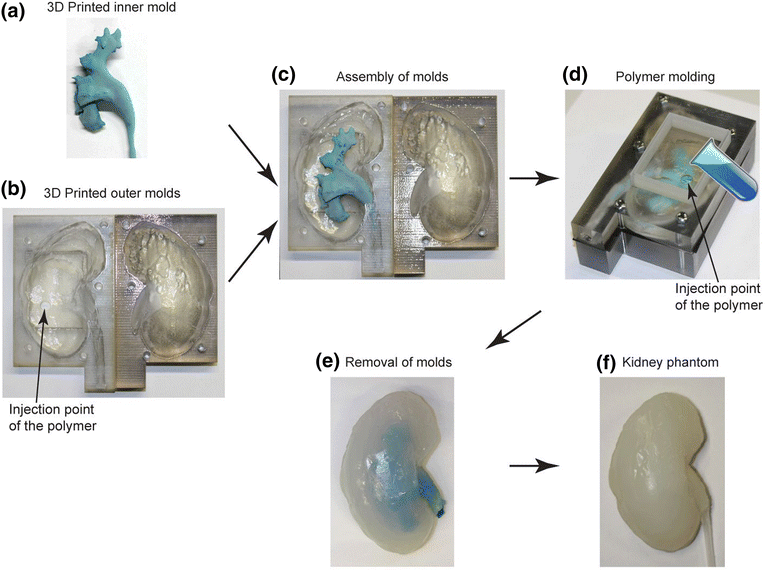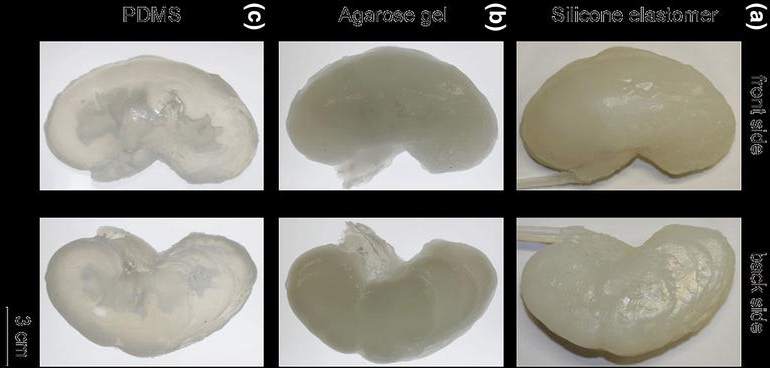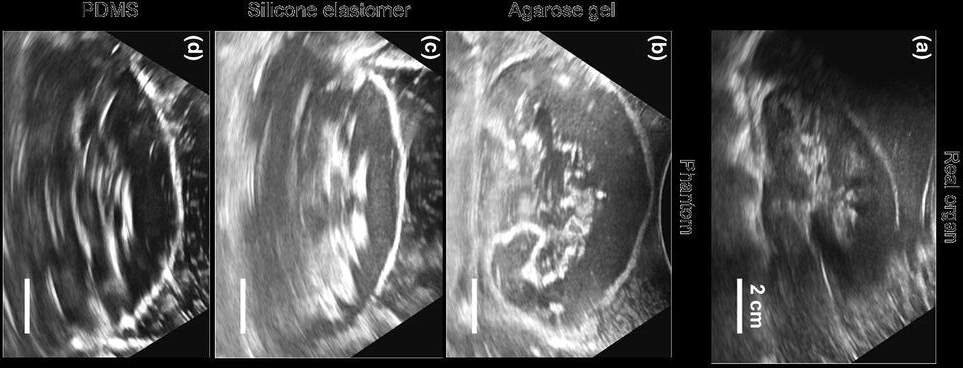Models of the human skeleton have been the welcome additions to any anatomy class for years now. Even as you move up into further education, such models are often the preferred method for teaching students the hands-on details of biology. Cadavers simply just aren’t that available. And, though very similar to a human set-up, the anatomy of a pig doesn’t quite do the trick. 3D printing in its turn has been instrumental in meeting this demand.
Through CAD, researchers have been able to develop models of internal organs at a greater accuracy than ever before. In latest research from The Journal of the Biomedical Engineering Society, German researchers used a combination of injection molding and 3D printing to create soft-tissue phantom kidneys.

In the paper, titled Soft 3D-Printed Phantom of the Human Kidney with Collecting System, researchers Adams, Qiu, Mark et al. explored the use of three different gel-like materials for the kidneys; silicone, agarose polymer gel and PDMS (Polydimethylsiloxane – a silicone based organic polymer). Each material was selected due to particular properties, including its transparency, for being soft and alike human tissue, water-soluble, non-toxic, and biocompatible. The 3D printed inner model however remained printed in wax so that it could be extracted when necessary.
The range of materials that can be manipulated by this method was one of the strengths of the project. The other clear asset is 3D printing’s capability of printing complex structures, which has been utilized in other medical research such as the 3D bioprinting by Organovo and in the porous structure of spinal implants.

These phantom kidneys will be suitable for use as surgical aids, which appears to be an area of significant demand as 3D Systems recently launched a service providing anatomical models of hearts to aid the study of congenital diseases for the same purpose.

CT scans of the phantom kidneys showed that the agarose polymer gel outperformed the two other materials in terms of its visibility and shape. The researchers also proposed that the gel kidneys would be helpful in the testing and development of imaging techniques. Both of these possible uses will help surgeons to plan operations and in turn reduce the margins of medical error. One concern raised by the research is that currently the process is relatively lenghty, though the researches note that it doesn’t involve intensive labour, it’s just a bit of waiting around.
Featured image shows a CT scan of the agarose gel phantom kidney. Via: Adams, F., Qiu, T., Mark, A. et al.


